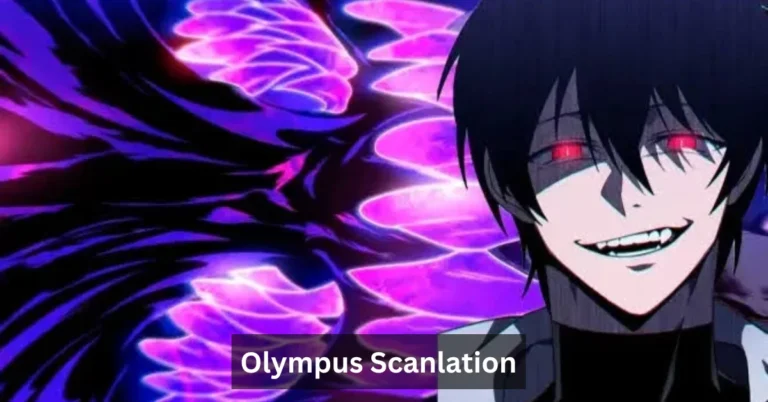Introduction
Gel Ooru is an ancient South Asian tradition that blends artistry, culture, and mindfulness. Originating in rural Karnataka, India, it is a form of decorative art that uses natural materials like rice flour, clay, and herbal pastes to create intricate patterns on floors, courtyards, and walls during festivals, ceremonies, and daily life. Beyond its visual beauty, Gel Ooru reflects a deep connection to cultural heritage, community, and nature, emphasizing harmony, patience, and creativity.
Over time, Gel Ooru has evolved from a purely ritualistic practice to a versatile art form that inspires modern home decor, mindfulness practices, and wellness routines. Learning and practicing Gel Ooru is not only an artistic pursuit but also a way to cultivate focus, relaxation, and a sense of cultural identity. In this guide, we’ll explore its history, materials, step-by-step techniques, benefits, and contemporary adaptations, giving you everything you need to start creating Gel Ooru yourself.
The History and Cultural Significance of Gel Ooru
Gel Ooru, literally meaning “together village,” embodies the spirit of community. Traditionally, it was performed by women to decorate homes during festivals like Sankranti and Ugadi, marking auspicious occasions. The designs were often symbolic, representing prosperity, fertility, and harmony with nature.
The art’s origins are deeply tied to agricultural lifestyles, where natural elements like rice, clay, and herbal powders were abundant. Patterns often mimicked nature, with floral motifs, geometric designs, and symbols inspired by animals or celestial bodies. Gel Ooru was more than decoration—it served as a medium to bring people together, foster collective creativity, and pass down cultural knowledge through generations.
Today, while its ritualistic roots remain, Gel Ooru has expanded beyond traditional contexts, appearing in modern homes, wellness spaces, and educational workshops, ensuring its preservation for future generations.
Materials Needed for Gel Ooru
To create Gel Ooru designs, you need simple, natural materials:
- Rice Flour or Clay: The primary medium, forming a smooth, moldable paste. Rice flour is preferred for its fine texture.
- Water: To mix with the flour or clay and achieve the right consistency.
- Natural Dyes or Herbal Powders (Optional): Ingredients like turmeric, hibiscus, or indigo add vibrant colors.
- Tools: Fingers, wooden sticks, or stencils are traditionally used to shape patterns.
- Surface: Clean, flat surfaces like floors, boards, or canvas are ideal.
The beauty of Gel Ooru lies in its simplicity—accessible materials make it easy for anyone to start practicing.
Step-by-Step Gel Ooru Technique
Step 1: Prepare the Paste
Mix rice flour or clay with water to create a smooth, thick paste. It should hold its shape when applied without spreading. Adjust water gradually to avoid a runny consistency.
Step 2: Choose the Surface
Select a clean, flat area free from dust. Traditional practitioners prefer floors or courtyards, while modern artists might use boards or canvases.
Step 3: Plan Your Design
Begin with simple patterns such as circles, dots, and spirals. You can gradually progress to more intricate floral, geometric, or symbolic designs.
Step 4: Apply the Paste
Use your fingers or tools to trace the patterns carefully. Practice steady, even movements for uniform lines.
Step 5: Add Color (Optional)
Natural dyes or herbal powders can be mixed into the paste or sprinkled on top to add vibrant hues.
Step 6: Dry and Preserve
Allow your design to dry naturally. Avoid touching it while drying to maintain the integrity of the pattern. In humid conditions, drying may take longer.
Benefits of Practicing Gel Ooru
- Cultural Connection: Practicing Gel Ooru fosters appreciation for tradition and cultural heritage.
- Mindfulness and Relaxation: The repetitive, focused movements promote a meditative state, reducing stress and anxiety.
- Creativity and Expression: Each design is unique, encouraging innovation and artistic growth.
- Community Bonding: Creating Gel Ooru in groups strengthens social ties and shared cultural identity.
- Educational Value: Children and adults alike can learn about geometry, symmetry, and natural materials through hands-on practice.
These benefits make Gel Ooru a holistic activity, blending art, wellness, and cultural education.
Modern Adaptations of Gel Ooru
Gel Ooru is no longer confined to traditional settings. Modern applications include:
- Home Decor: Designs on canvases, cushions, walls, or table settings bring traditional aesthetics into contemporary spaces.
- Wellness Practices: Mindful creation of Gel Ooru patterns is incorporated into yoga, meditation, and stress-relief routines.
- Workshops and Classes: Artists conduct workshops to teach Gel Ooru, preserving the art while inspiring creativity in students worldwide.
- Digital Art and Social Media: Sharing designs online allows global audiences to appreciate, learn, and replicate Gel Ooru techniques.
These adaptations show the versatility of Gel Ooru while honoring its traditional roots.
Tips for Beginners
- Start with simple patterns and gradually advance to complex designs.
- Practice steady hand movements to improve precision.
- Use natural dyes carefully to avoid smudging.
- Work in a clean, dry area for the best results.
- Observe traditional designs for inspiration but add your personal creativity.
Read More: How to Contact ProcurementNation.com Easily
Conclusion
Gel Ooru is more than just a decorative art form—it is a celebration of culture, creativity, and mindfulness. From its origins in the villages of Karnataka to contemporary applications in home decor and wellness practices, it has retained its charm and relevance. Practicing Gel Ooru allows individuals to engage with nature, heritage, and their creative instincts while fostering relaxation and focus. Its accessibility, using simple natural materials, makes it an art form that anyone can explore and enjoy.
Whether you are an artist, a cultural enthusiast, or someone seeking mindful practices, Gel Ooru offers a meaningful and enriching experience. By learning this traditional craft, you not only preserve a piece of cultural heritage but also create an avenue for self-expression, community bonding, and personal growth. Embrace Gel Ooru, and let your creativity flow through this timeless, meditative art form.
FAQs
- What is Gel Ooru?
Gel Ooru is a traditional South Asian art form that uses rice flour, clay, or herbal pastes to create decorative patterns, often on floors or walls. - Is Gel Ooru difficult to learn?
No. While intricate designs require practice, beginners can start with simple patterns and gradually progress to more complex ones. - Can Gel Ooru be used for home decoration?
Yes. Modern adaptations include designs on canvases, walls, and textiles, making it a unique decorative element. - What materials are used in Gel Ooru?
Rice flour, clay, water, and natural dyes are commonly used. Traditional tools include fingers, sticks, or stencils. - Does Gel Ooru have wellness benefits?
Yes. It promotes mindfulness, reduces stress, enhances focus, and fosters creativity, making it a therapeutic and calming practice.



